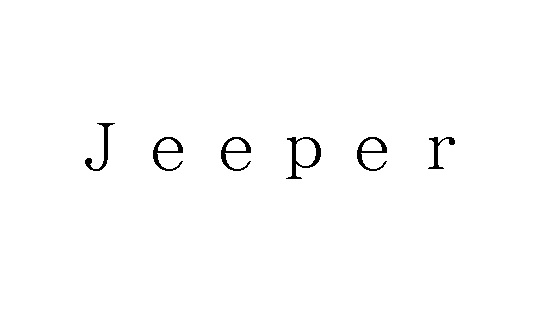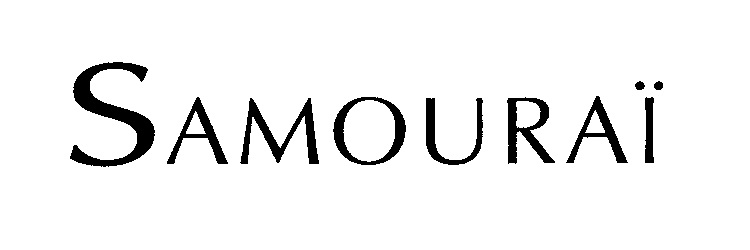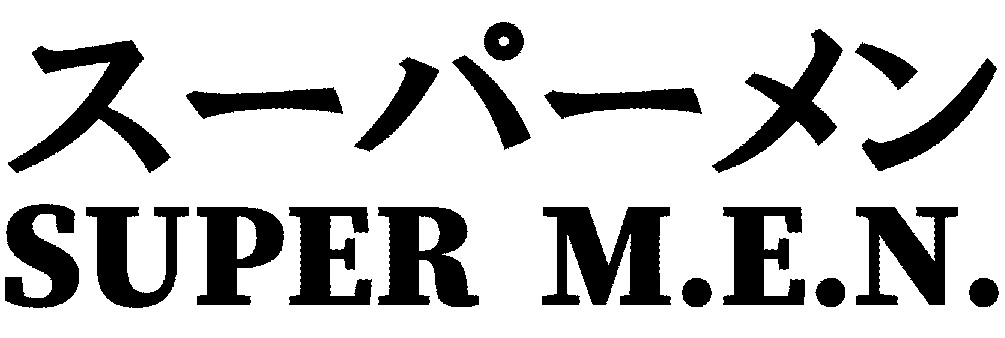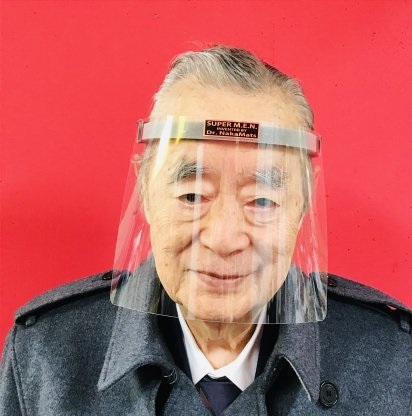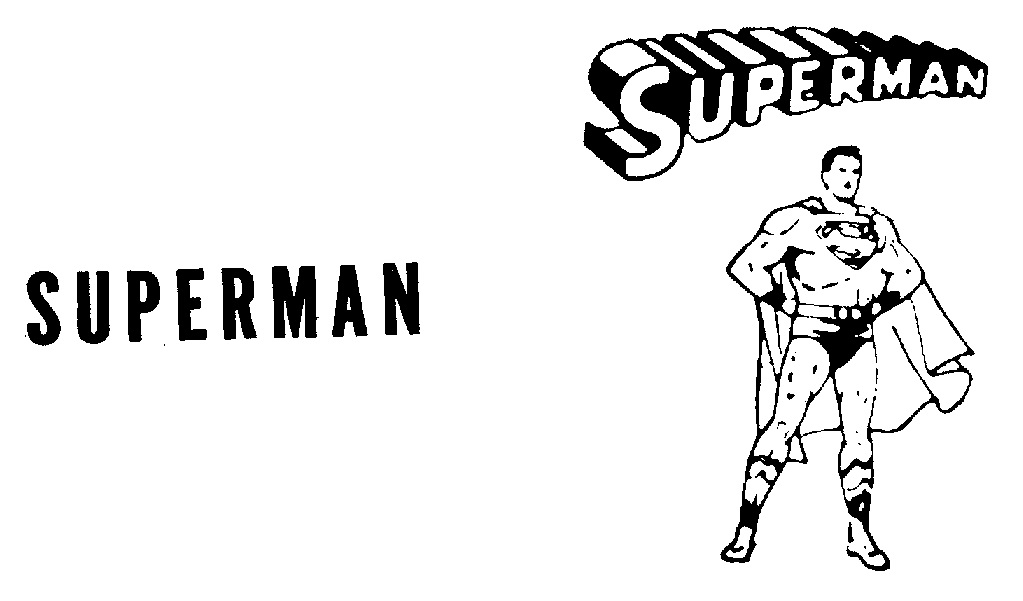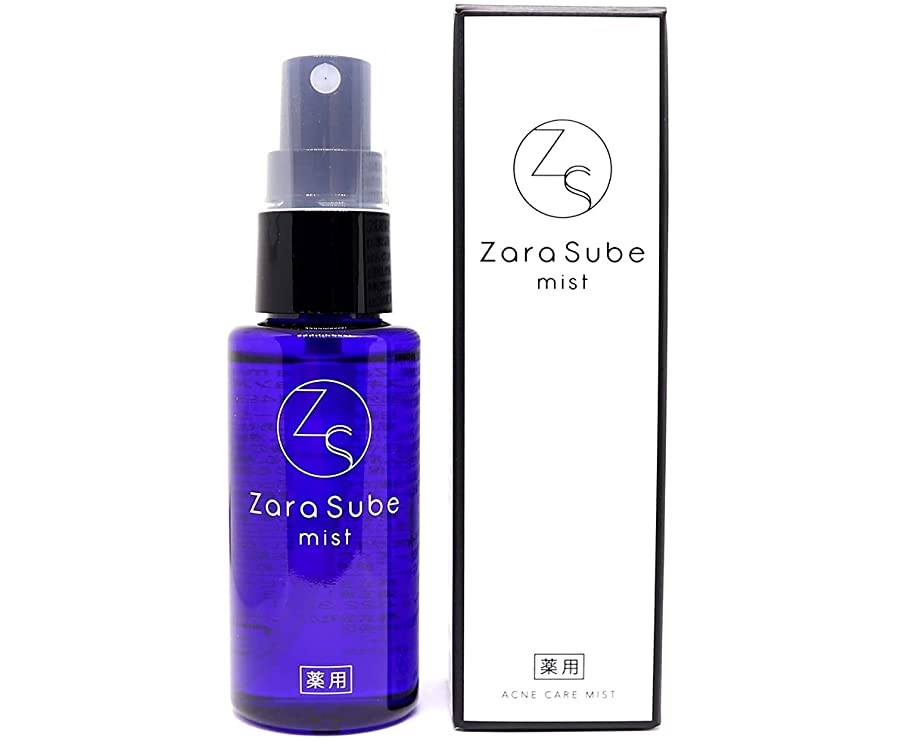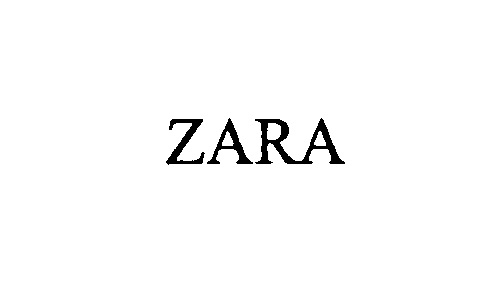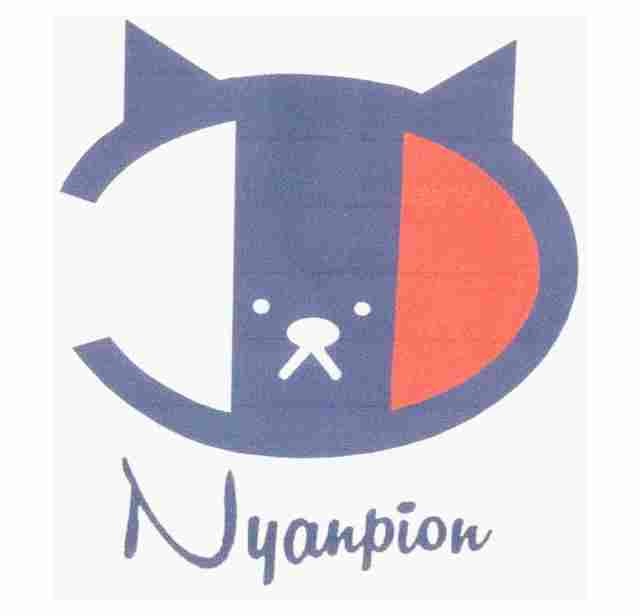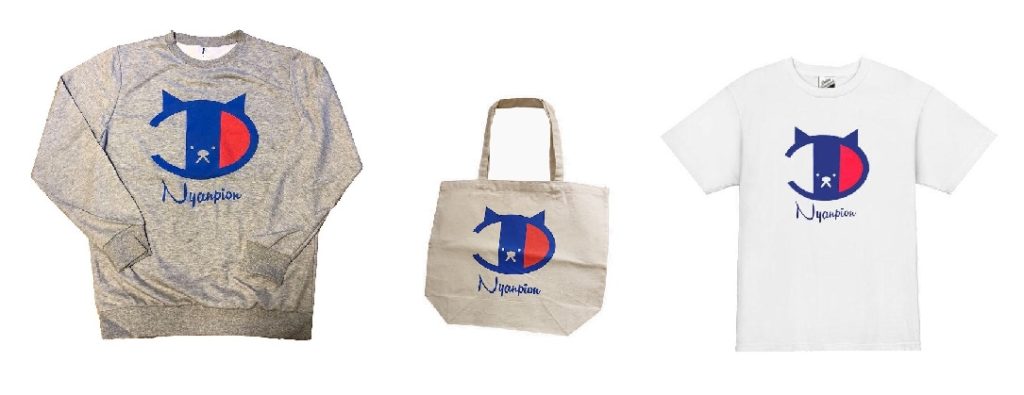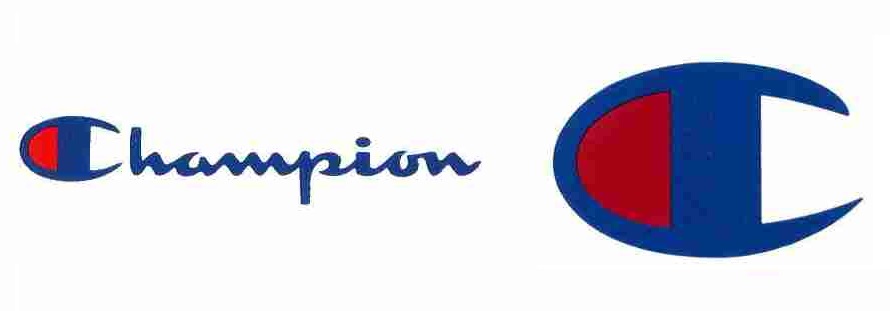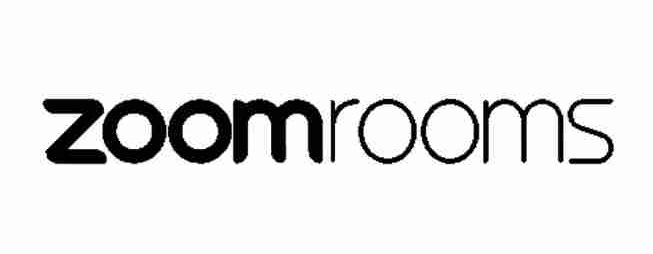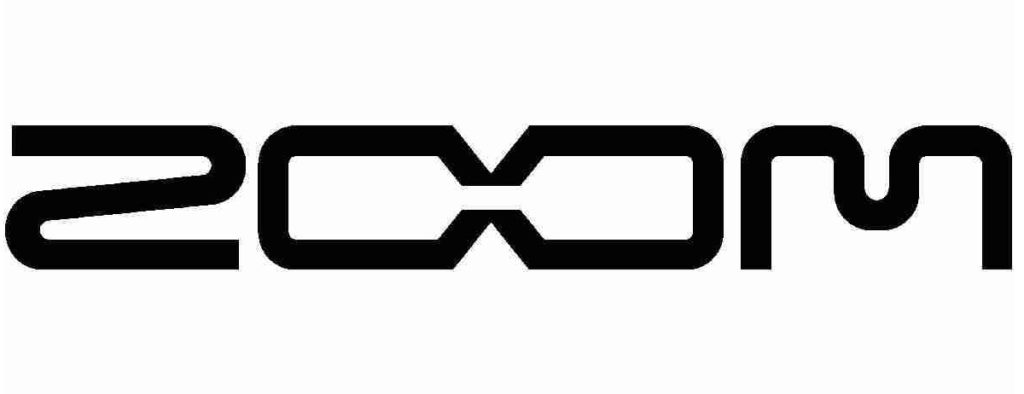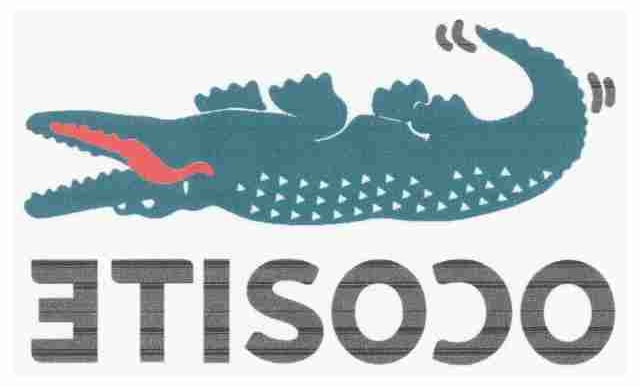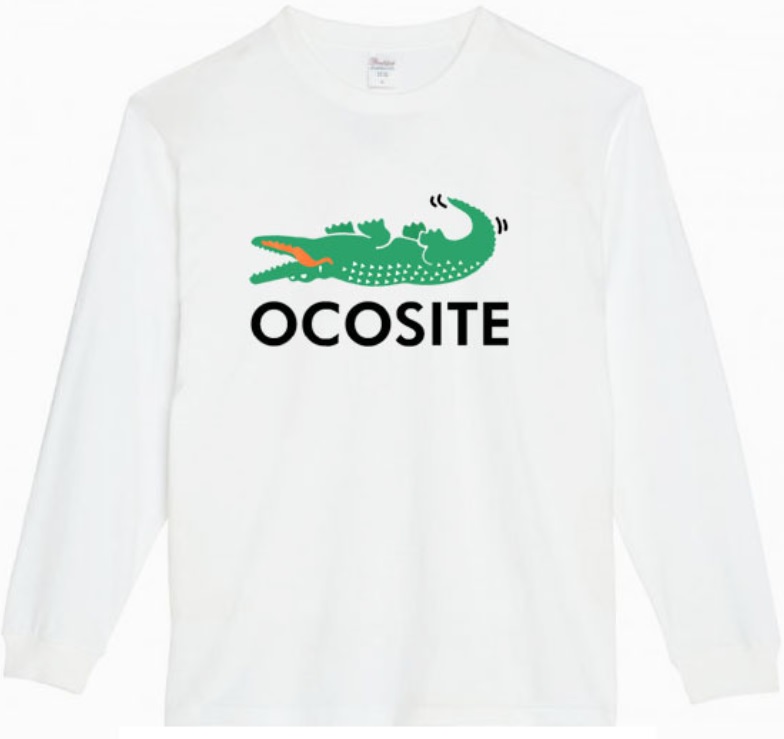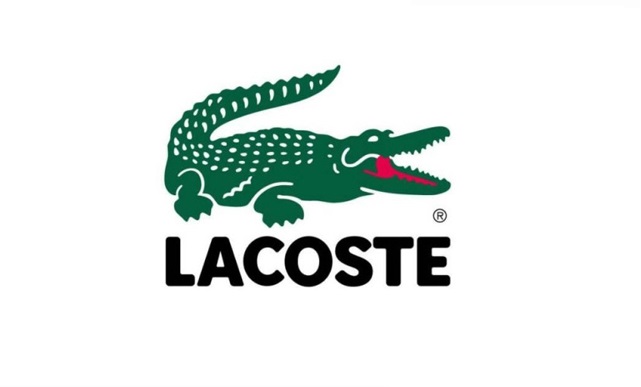On May 11, 2022, the Japan Patent Office (JPO) dismissed an opposition filed by Canada Goose International AG against TM Reg no. 6367416 for a composite mark consisting of red, white, and blue roundel logo and literal elements by finding dissimilarity to and the unlikelihood of confusion with Canada Goose roundel logo.
[Opposition case no. 2021-900228]Opposed mark
The opposed mark consists of a silhouette of an island or region in white placed right at the center of the emblem, a navy field with twelve red lines radiating from the center, and a wide rounded white frame with the text “KITAKYU GOODS” (top) and “NORTH NINE PROGRAM” (bottom) and five five-pointed-start-like devices (on each side of the frame) in red (see below left).
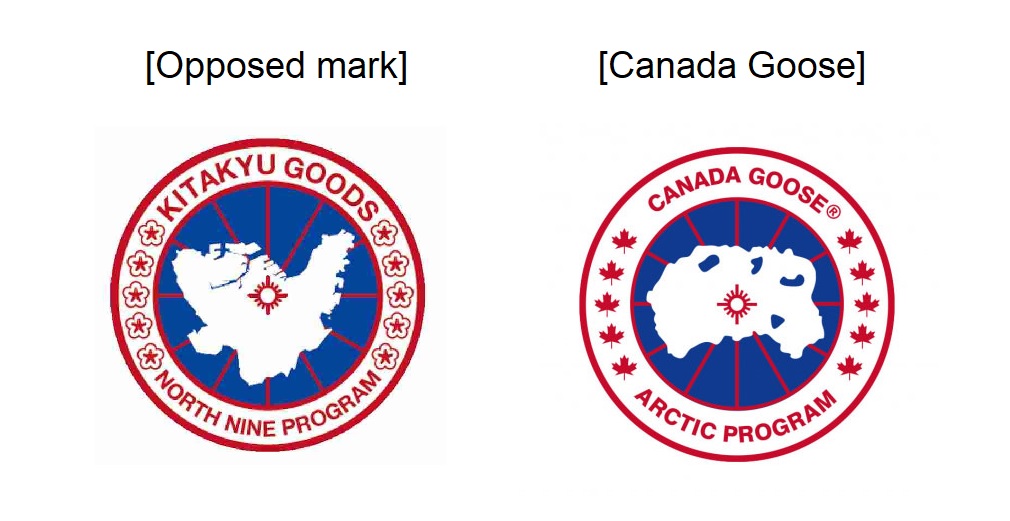
A Japanese business entity applied for use on seals and stickers [stationery] in class 16 and ornamental adhesive patches for jackets and brassards in class 26 with the JPO on June 29, 2020.
The JPO examiner granted protection of the opposed mark on March 3, 2021, and published for opposition on April 13, 2021.
Opposition by Canada Goose
To oppose registration within a statutory period of two months counting from the publication date, Canada Goose International AG filed an opposition against the opposed mark on June 14, 2021.
Canada Goose argued the opposed mark shall be canceled in contravention of Article 4(1)(vii), (xi), (xv), and (xix) of the Japan Trademark Law because of the remarkable reputation and popularity of earlier trademark registrations for the Canada Goose Roundel Logo (see above right) in relation to apparels and a close resemblance between the opposed mark and the opponent mark by using “confusingly similar” red, white, and blue logo patch.
JPO Decision
The JPO Opposition Board did not find a high degree of reputation and popularity of the Canada Goose Roundel Logo as a source indicator of the opponent among relevant consumers in Japan by stating that the opponent failed to produce evidence pertinent to the sales and advertisement of goods bearing the opponent logo in Japan even though the Canada Goose ranked fourth for a must-buy down jacket in 2021.
From the totality of the evidence, the Board had no choice but to question if the opponent mark has become famous among relevant consumers in Japan as well as Canada, and other countries.
Besides, the Board negated similarity between the marks by virtue of visual distinctions caused by (i) a land-like device depicted at the center and (ii) text and devices placed in the rounded frame. Due to the distinction, both marks give rise to a dissimilar sound. Conceptually, both marks are incomparable since either mark does not have any specific meaning.
Given the low degree of similarity of the mark and unproved famousness of the opponent mark, the Board has no reason to believe relevant consumers would confuse a source of the goods bearing the opposed mark with Canada Goose.
Based on the foregoing, the JPO dismissed the entire allegations and decided the opposed mark shall remain valid as the status quo.

